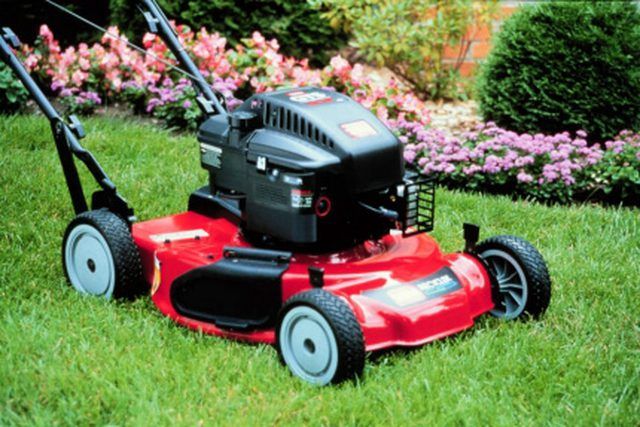Bulbs
Flower Basics
Flower Beds & Specialty Gardens
Flower Garden
Garden Furniture
Garden Gnomes
Garden Seeds
Garden Sheds
Garden Statues
Garden Tools & Supplies
Gardening Basics
Green & Organic
Groundcovers & Vines
Growing Annuals
Growing Basil
Growing Beans
Growing Berries
Growing Blueberries
Growing Cactus
Growing Corn
Growing Cotton
Growing Edibles
Growing Flowers
Growing Garlic
Growing Grapes
Growing Grass
Growing Herbs
Growing Jasmine
Growing Mint
Growing Mushrooms
Orchids
Growing Peanuts
Growing Perennials
Growing Plants
Growing Rosemary
Growing Roses
Growing Strawberries
Growing Sunflowers
Growing Thyme
Growing Tomatoes
Growing Tulips
Growing Vegetables
Herb Basics
Herb Garden
Indoor Growing
Landscaping Basics
Landscaping Patios
Landscaping Plants
Landscaping Shrubs
Landscaping Trees
Landscaping Walks & Pathways
Lawn Basics
Lawn Maintenance
Lawn Mowers
Lawn Ornaments
Lawn Planting
Lawn Tools
Outdoor Growing
Overall Landscape Planning
Pests, Weeds & Problems
Plant Basics
Rock Garden
Rose Garden
Shrubs
Soil
Specialty Gardens
Trees
Vegetable Garden
Yard Maintenance
How to Grow Thick Grass
How to Grow Thick Grass. Unless we plan to farm our land or if we have a forest, most of us face the task of growing healthy beautiful green grass over much of our property. It does not happen overnight, but with the proper knowledge and subsequent care, our lawns can stay green in spite of drought and other poor growing conditions.
Unless we plan to farm our land or if we have a forest, most of us face the task of growing healthy beautiful green grass over much of our property. It does not happen overnight, but with the proper knowledge and subsequent care, our lawns can stay green in spite of drought and other poor growing conditions.
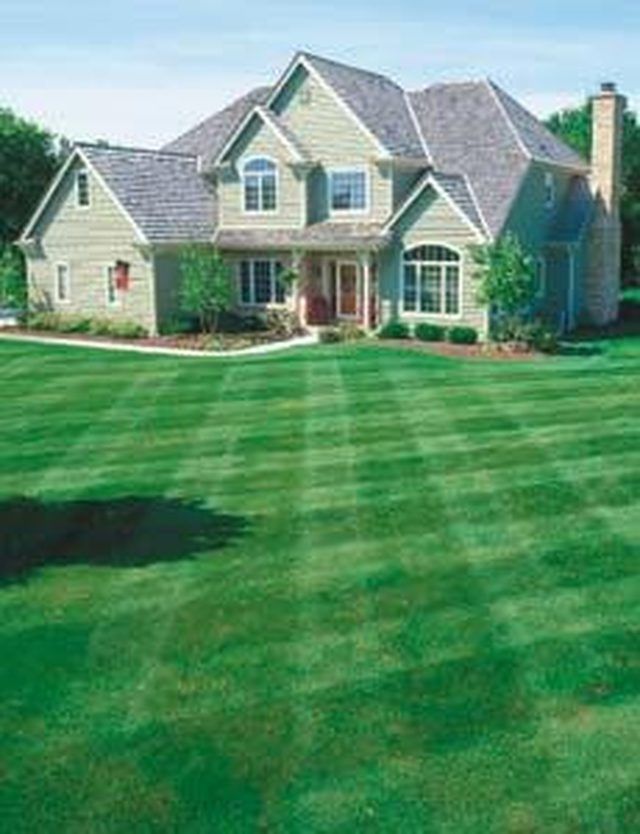
Things You'll Need
Mulching mower
Grass seed
Water
Step 1
Mowing at the right blade height is crucial in growing a healthy lawn. We all see people riding around their dry lawns with their lawn tractor blades set on the lowest height just chopping down their grass plants that are already struggling to live. It is no wonder that most yards dry up in the heat of the summer. Grass is a plant that needs to collect sunlight on its blades to grow. The more we cut the plant, the less surface for photosynthesis and the slower the growth. In the spring, during heavy growth, set your blade to cut at about 2 1/2 inches. During the summer when the rains slow down and the sun bears down, set the blade to its highest setting or to about 3 inches at the least.
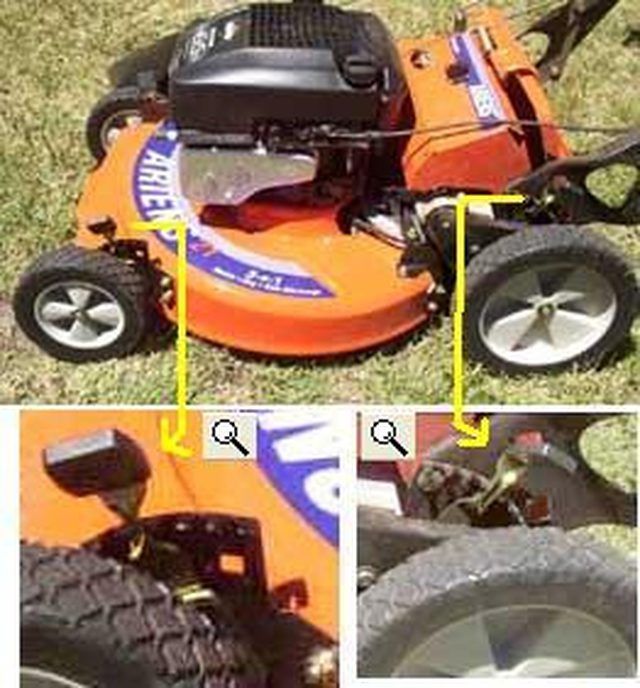
Step 2
Water only as needed. The whole point of growing a lawn is to create a surface that is durable and almost self-sufficient. The lack of surface water will force the grass plant to send its roots down deeper into the soil for the water. Frequent watering is only necessary when establishing new seedlings or encouraging sod to take root. When you do water, do it thoroughly so that you water the whole area to about 6 inches in depth. Otherwise, the rate of evaporation combined with the dry subsoil will just wick the water away.
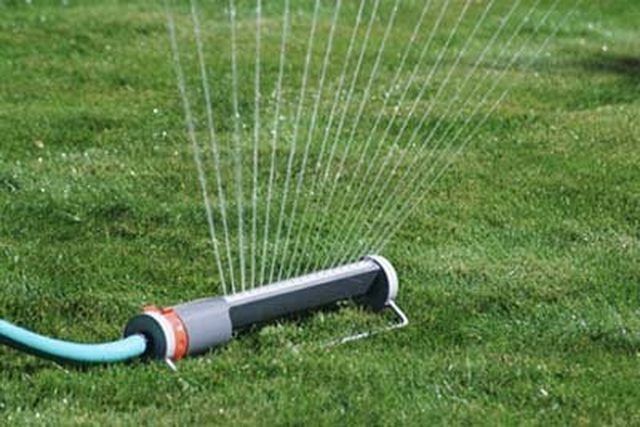
Step 3
Overseed during the fall months or first thing in the spring as the grass is beginning to grow. We do not usually allow grass to go to seed and although some varieties will spread by runners, most grasses sprout from seeds. Bare spots in the lawn encourage weed growth as the extra light encourages weed seeds to germinate and grow. Keep your lawn thick by taking the time at first once a year to add that extra seed. If after a few years, your lawn is thick and healthy, there is no need to overseed so often.
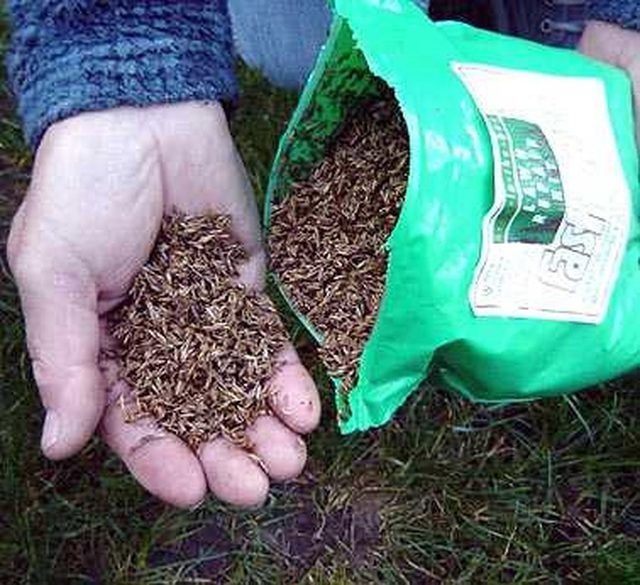
Step 4
Mulch. It is a simple word that really means feed your grass. You can do it easily by using a mulching mower that allows the cut grass to fall back in the grass and decompose quickly into a nitrogen rich food for the live grass. It also provides a ground cover that will slow down water evaporation during the dry months. Just be careful not to cut your lawn when it is super long and allow the piles of cut grass to mat up, choking the grass underneath. Sometimes, a simple second mowing will be enough to break up the piles left. If not, a good lawn rake will work wonders. Save the grass trimmings for your compost pile or garden.
